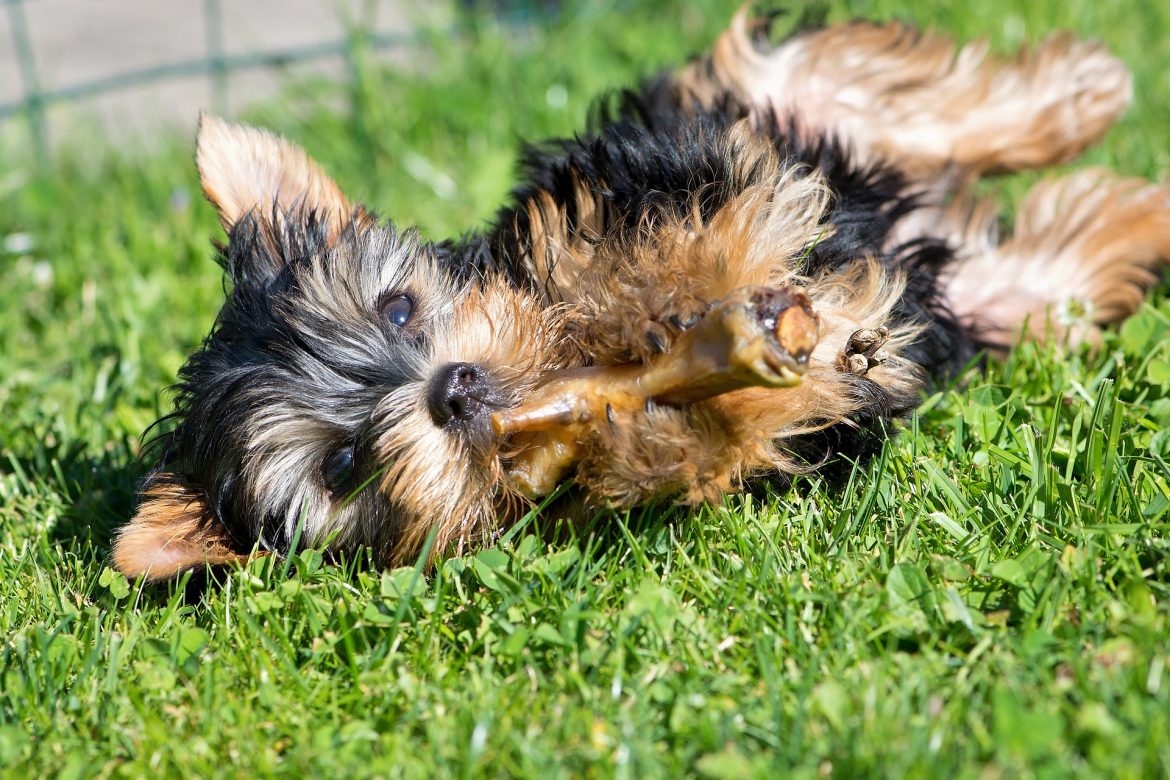As you probably know, a healthy diet is absolutely essential for a happy, youthful pup. But it sometimes feels like a struggle to convince your dog to eat anything that even resembles a healthy diet. How do those Pet Owners on YouTube convince their dogs to eat carrots, anyway? It’s a mystery.
If you’ve got a picky eater on your hands, it will probably be a relief to know that it is possible to teach your dog to eat, and even enjoy, healthy food. But, as with any change you’d like to see with your furry friend, it will require some patience and consistency.
Here are some simple tricks to get your dog to switch to a healthier diet!

Tip One: slow down the transition
When first introducing a new diet to your doggo, it’s a good idea to do it over the course of about a week. There are two reasons for this. The first is that it will prevent the stomach fussiness that may come with a diet change. The second is that your dog will associate the new food with the food that they love. That’s going to make the change much easier, even for a picky dog.
Start out with about one part new food to three parts of the old food (or 25% new to 75% old). If that goes well, you’ll feed 40% new and 60% old the next day. The third day will be 50/50. And on the fourth, you’ll feed 60% of the new and 40% of the old. Day five will be 75% new, 25% old. And finally, on day six, you’ll feed completely new food.
If, however, your dog is picky from day one, you can slow the process down a bit. Feed the same portion for another day. But, try to keep it moving so that your dog can start eating the completely healthy diet as soon as possible.
Tip Two: pull back on the treats
You may be thinking, I use treats for training. I can’t just stop using them. But don’t worry, it’s not permanent. It’s just to make sure that your dog doesn’t decide to skip the healthy meals you’ve prepared because they feel slightly satisfied from the treats.
Also, it’s important to note: steer clear of human food. Of course, you may decide to incorporate some natural ingredients like sweet potatoes, pumpkin, or unseasoned white meats into your dog’s healthy diet, but it should always appear in their bowl as opposed to from your hand or plate. This will discourage begging at the table or snooping in the trash for table scraps.
Tip Three: keep to a schedule
This is where consistency is really going to help the transition process. Because, while dog’s can’t read a clock, they do have a pretty accurate way of keeping track of time and anticipating when they’re next meal will be – if you’ve gotten them on a reliable schedule, that is.
Without this schedule, food becomes unpredictable to your pooch. Instead of thinking, I have two meals per day at the same time, they might think, I get fed at random times so maybe this bad-tasting meal was just a fluke until the real meal arrives.
If you didn’t have a set schedule before, that’s okay. Just make sure to implement the schedule now that you’ve switched the food.
Tip Four: give them some space to become healthy
Dogs can’t politely tell you that they would rather not start eating healthy. Instead, they may sniff at the food in their bowl and then walk away.
Point taken, pooch.
But what happens when you leave them alone with the food? Most likely, your dog will go back to the bowl and give it another shot. They may even nibble a bit just to see if it was really worth rejecting.
Another reason why it’s a good idea to leave your dog alone when they eat is so that they relax. In a pack setting, the alpha dog eats first and then leaves the area so that the others can finish up. So, when something new appears in your dog’s bowl, they may be trying to give you first dibs.
Plus, if you get frustrated with them for not eating, they might interpret that as something wrong with the food. You’re not eating it, and you’re upset, so therefore, that healthy food must be no good.
Tip Five: avoid free eating
This one may seem counter-intuitive, but don’t leave the food out for your dog for longer than 30 minutes. Even if they didn’t touch the food and won’t see it again until nighttime or the next morning. Your dog is not going to starve, but they will learn that if they don’t eat their food, it will disappear.
That said, if your dog doesn’t eat for more than two or three cycles, it’s a good idea to get advice from your veterinarian so that you can rule out any other dietary issues.
Tip Six: give your doggo plenty of love and patience
Your dog isn’t refusing the healthy food to spite you or because they’re “spoiled.” Food triggers survival instincts in our pets so that they may have more trouble adjusting to a new diet. The best way that you can help them throughout the process is by showing them that they’re safe and loved.
Give your dog plenty of verbal encouragement after meals, and never punish your pooch for not eating. They’ll get on board eventually, and you’ll have a much happier and healthier pet!

